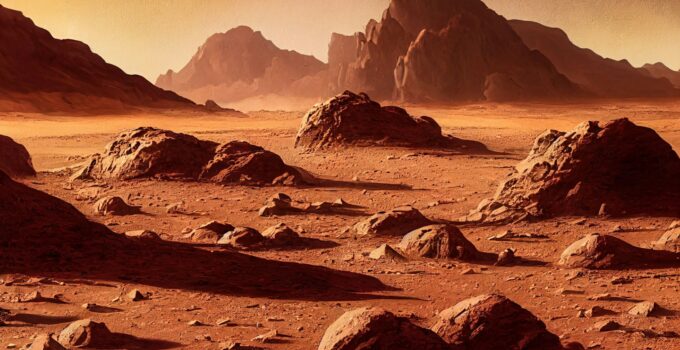The prospect of asteroid mining and the colonization of Mars encapsulates not just a leap towards extraordinary scientific advancements but also poses unique challenges and opportunities. These two frontiers, though interrelated, open up pathways to addressing Earth’s resource limitations and the broader ambition of establishing human presence in outer space.
The Allure of Asteroid Mining
Asteroids, often considered as mere space debris, are in fact treasure troves laden with immense quantities of valuable minerals and metals. These celestial bodies potentially contain platinum, gold, iron, and nickel, in addition to water—crucial not only for life but also for space exploration as it can be converted into hydrogen and oxygen for fuel and breathable air. The economic benefits of mining these resources could be substantial, potentially transforming the resource industry and reducing the environmental impacts of mining on Earth.
Technological Challenges
Despite the potential, the technological hurdles are significant. The extreme conditions of space, including microgravity and high radiation levels, require robust technologies that are currently under development. Robots and autonomous systems play a critical role in these endeavors, needing to operate over vast distances with minimal human oversight.
Legal and Ethical Considerations
The legal landscape of asteroid mining is still in its infancy. The Outer Space Treaty of 1967 provides a basic framework, emphasizing that space and celestial bodies are the ‘province of all mankind’ and forbidding national appropriation. This raises pertinent questions about who has the right to mine asteroids and how the resources should be shared. Ethical considerations also include the potential impacts on space environments, suggesting a need for sustainable practices in space resource utilization.
Colonizing Mars: The Next Giant Leap
Mars colonization is often seen as a solution to the potential overpopulation and resource depletion on Earth. This endeavor could also serve as a backup plan for humanity in the face of catastrophic events. The vision involves not just visiting the Red Planet but establishing a permanent, self-sustaining human settlement.
Technological and Human Challenges
Creating a habitable environment on Mars presents numerous challenges. From the production of food, water, and shelter to the need for energy and life support systems, every aspect of daily life must be re-engineered for the Martian environment. Health risks such as exposure to cosmic rays, psychological effects of isolation, and the unknown impacts of living in reduced gravity must also be managed.
Advancements in Propulsion and Habitat Technology
To make Mars a viable option, significant advancements are needed in propulsion technology to reduce travel time and costs. Furthermore, habitat technology must evolve to ensure safe, sustainable living conditions on Mars. These habitats will need to be resilient against Mars’ harsh climate and potentially capable of expanding as the population grows.
Linking Asteroid Mining and Martian Colonization
Asteroid mining could directly support the colonization of Mars by providing necessary materials relatively close to the Martian orbit. Water extracted from asteroids, for example, could be used for life support and fuel, reducing the need to transport these vital resources from Earth. This synergy between asteroid mining and Martian colonization not only makes logistical sense but could also make the financial aspects of these monumental projects more feasible.
Conclusion
The journey towards asteroid mining and Mars colonization is fraught with challenges but is equally filled with opportunities that could redefine human civilization. As technology progresses and legal frameworks evolve, these ambitious projects could become a reality, potentially marking a new era in human history. The success of these ventures could lead us into a future where Earth and its celestial neighbors thrive in mutual sustainability.
